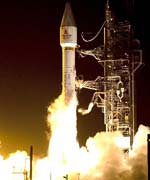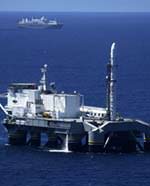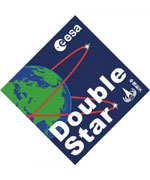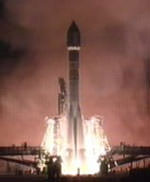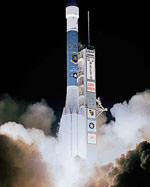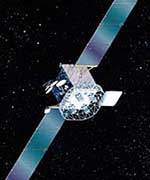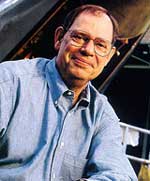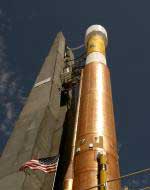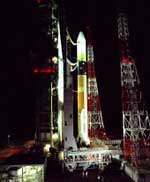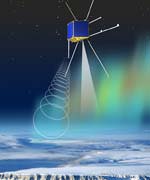
Image credit: CSA
Canada will transform the future of space-based data delivery and lead cutting-edge scientific research about space weather with the launch of its first multi-purpose satellite mission, today announced Stephen Owen, Minister of Public Works and Government Services, on behalf of Lucienne Robillard, Industry Minister and Minister responsible for Canada Economic Development for Quebec Regions and the Canadian Space Agency.
Called CASSIOPE, this mission will require the building of an innovative satellite platform adaptable for a wide range of assignments, including science, technology, Earth observation, geological exploration and high capacity information delivery. MacDonald, Dettwiler and Associates (MDA) of Richmond, B.C., the prime contractor for CASSIOPE, will lead a Canadian industrial team to develop both the space and ground infrastructure and will operate the spacecraft.
“This mission is a vivid example of the strong economy the Government of Canada is striving to achieve for the 21st century, an economy with exciting applications on Earth and in space. This economy will provide well-paying and meaningful work for Canadians,” said Minister Robillard.
“The CASSIOPE mission demonstrates the compounding value of public-private sector partnership in driving leading-edge technologies and science in support of Canadian priorities,” said Minister Owen. “CASSIOPE will enhance the Canadian space industry’s leadership in information delivery from space and showcase our capacity to design innovative small and micro-satellites. It will also contribute to Canada’s longstanding expertise in atmospheric science.”
The Government of Canada is investing more than $140 million in the development of key technologies and stands to derive a substantial return on its investment if these technologies result in commercial success. The Canadian Space Agency (CSA) is providing $63 million and Technology Partnerships Canada (TPC) $77.2 million.
“Our investment in the design of these new space satellites will increase Canadian knowledge and expertise, diversify our space industry and enhance the timely delivery of Canadian payloads on a more frequent basis,” said CSA President Marc Garneau.
Scheduled for launch in 2007, CASSIOPE will initiate the pilot-phase of a new information delivery service called Cascade that will allow very large amounts of information to be delivered to decision-makers anywhere in the world. Future missions could provide a groundbreaking commercial digital package delivery service, creating a veritable Courier-in-the-Sky to customers ranging from resource exploration companies to trade markets.
CASSIOPE will also include an innovative scientific probe carrying a suite of eight scientific instruments, called ePOP, developed by a scientific team led by the University of Calgary. This $10.3 million CSA-funded payload will collect new data and details on space storms in the upper atmosphere and their potentially devastating impacts on radio communications, GPS navigation, and other space-based technologies.
Original Source: CSA News Release

